-
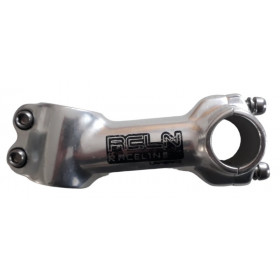 New product UsedBike stem Lapierre RCLN
New product UsedBike stem Lapierre RCLN- €9.99
-
 New product -55%Crankbrothers Cobalt 3 stem 110 mm
New product -55%Crankbrothers Cobalt 3 stem 110 mm- €40.50
- €89.99
-
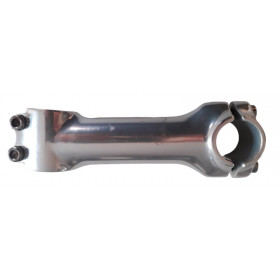 New productStem 120 mm aluminium
New productStem 120 mm aluminium- €14.99
-
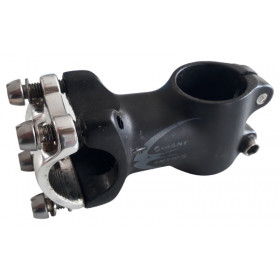 UsedGiant stem 60 mm
UsedGiant stem 60 mm- €7.99
-
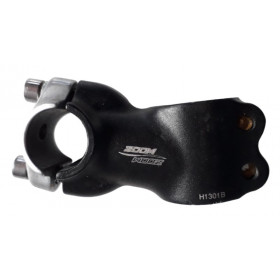 New productZoom stem 55 mm
New productZoom stem 55 mm- €9.99
-
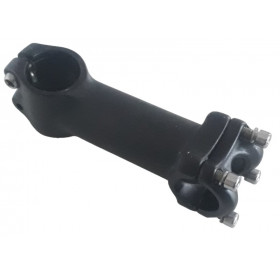 New product100 mm stem aluminium
New product100 mm stem aluminium- €9.99
-
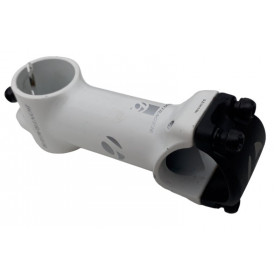 UsedBontrager stem 90 mm OS
UsedBontrager stem 90 mm OS- €12.99
-
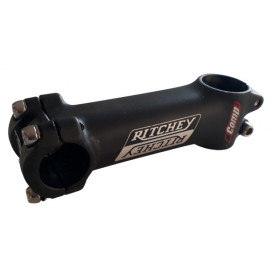 New product -31%Ritchey comp stem 110 mm
New product -31%Ritchey comp stem 110 mm- €20.00
- €28.99
-
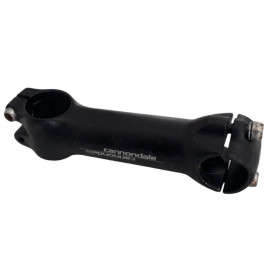 UsedCannondale stem 120 mm 25.4 mm
UsedCannondale stem 120 mm 25.4 mm- €9.99
-
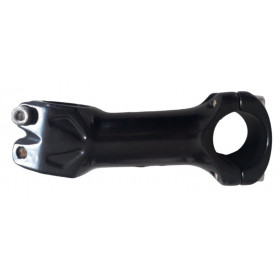 UsedBicycle stem 110 mm OS
UsedBicycle stem 110 mm OS- €8.99
-
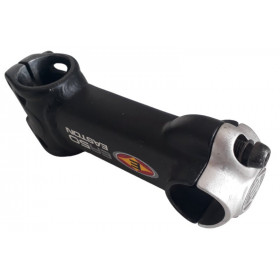 UsedEaston EA50 road bike stem 100 mm
UsedEaston EA50 road bike stem 100 mm- €14.00
-
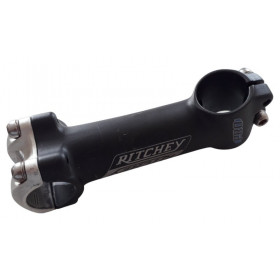 Used110 mm stem Ritchey PRO
Used110 mm stem Ritchey PRO- €9.99
-
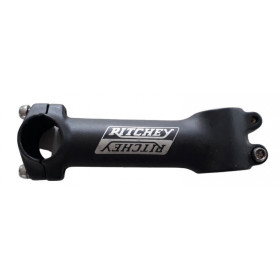 Used115 mm stem Ritchey 1-1/8" 25.4 mm
Used115 mm stem Ritchey 1-1/8" 25.4 mm- €8.99
-
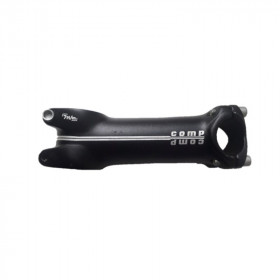 New product -50%110mm stem Decathlon btwin comp
New product -50%110mm stem Decathlon btwin comp- €10.00
- €19.99
-
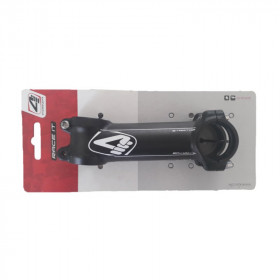 New productRoad bike or MTB stem 4ZA Stratos 110 mm OS
New productRoad bike or MTB stem 4ZA Stratos 110 mm OS- €28.99
-
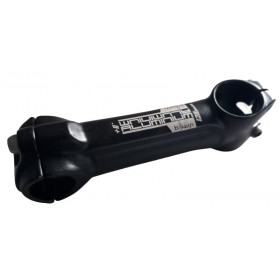 UsedMTB stem btwin 120 mm 1 1"/8 25.4 mm
UsedMTB stem btwin 120 mm 1 1"/8 25.4 mm- €7.99
-
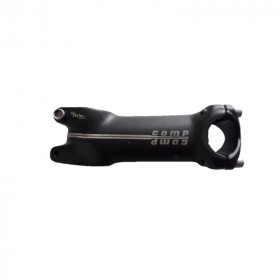 UsedB'twin COMP stem 100 mm 1" 1"1/8 25.4 mm
UsedB'twin COMP stem 100 mm 1" 1"1/8 25.4 mm- €8.99
-
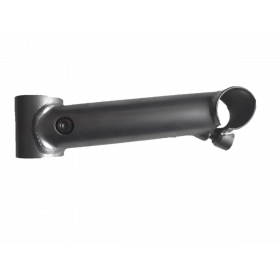 UsedStem 130 mm 1"1/8 25.4 mm
UsedStem 130 mm 1"1/8 25.4 mm- €7.99
-
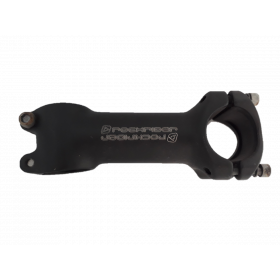 UsedRockrider aluminium stem 100 mm 1"1/8 OS
UsedRockrider aluminium stem 100 mm 1"1/8 OS- €8.99
-
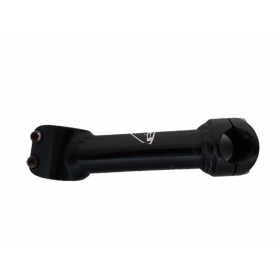 UsedSunn Rudd performance stem 130 mm 1"1/8 25.4 mm
UsedSunn Rudd performance stem 130 mm 1"1/8 25.4 mm- €8.99
-
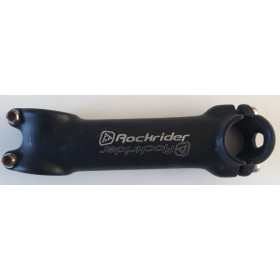 UsedRockrider 130 mm stem
UsedRockrider 130 mm stem- €8.99
-
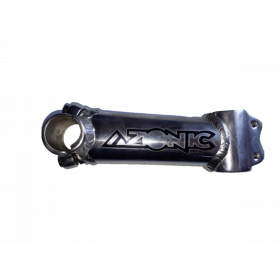 UsedAzonic stem 135 mm 1"1/8 25.4 mm
UsedAzonic stem 135 mm 1"1/8 25.4 mm- €9.99
-
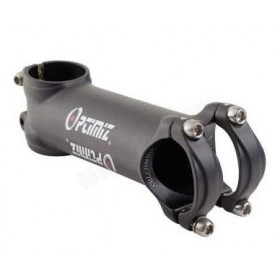 New productOptimiz stem 90 mm 1"1/8 OS
New productOptimiz stem 90 mm 1"1/8 OS- €14.90
-
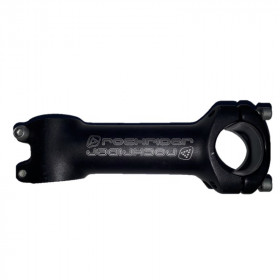 UsedRockrider stem 110 mm 1"1/8 OS
UsedRockrider stem 110 mm 1"1/8 OS- €8.99
-
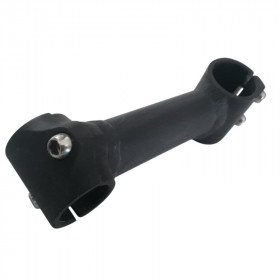 UsedStem 120 mm 1"1/8 25.4 mm
UsedStem 120 mm 1"1/8 25.4 mm- €5.99
-
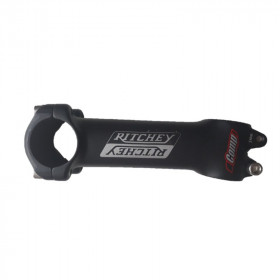 New product -31%Ritchey stem Comp 120 mm
New product -31%Ritchey stem Comp 120 mm- €20.00
- €28.99
-
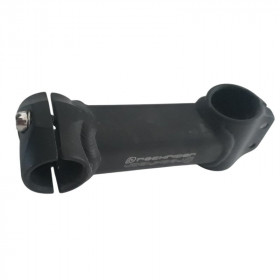 UsedStem 110 mm rockrider
UsedStem 110 mm rockrider- €7.99
-
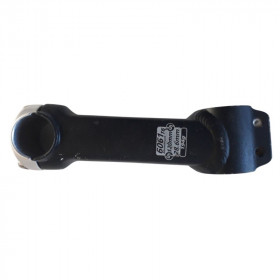 UsedStem 120 mm black
UsedStem 120 mm black- €7.99
-
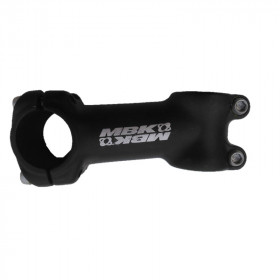 New productMBK stem 90 mm 1"1/8 OS
New productMBK stem 90 mm 1"1/8 OS- €11.90
-
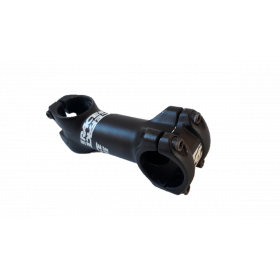 UsedRace face stem Ride XC stem 90 mm
UsedRace face stem Ride XC stem 90 mm- €14.99
-
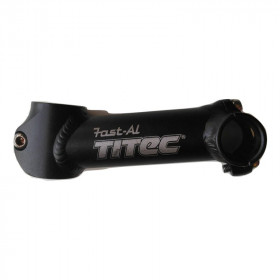 UsedTitec Fast Al stem 120 mm 1"1/8 25.4 mm
UsedTitec Fast Al stem 120 mm 1"1/8 25.4 mm- €7.90
-
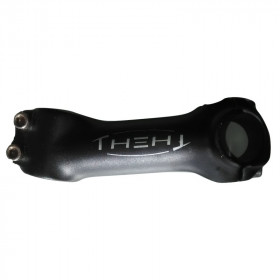 UsedTHE stem 110 mm 1"1/8 25.4 mm
UsedTHE stem 110 mm 1"1/8 25.4 mm- €9.50
-
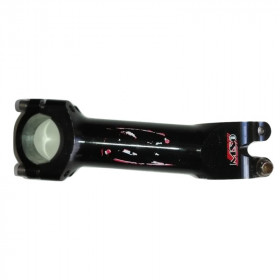 UsedMSO stem 120 mm 1"1/8 OS
UsedMSO stem 120 mm 1"1/8 OS- €7.99
-
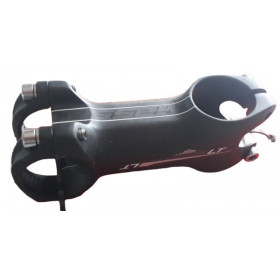 New productMassi LT stem 80 mm 1"1/8 OS
New productMassi LT stem 80 mm 1"1/8 OS- €29.99
-
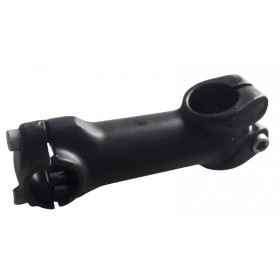 Used105 mm bicycle stem
Used105 mm bicycle stem- €3.99
-
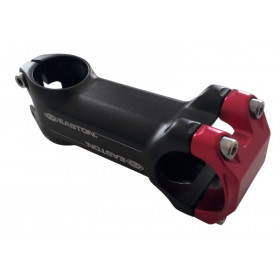 More detailsNew product -30% Out-of-StockEaston EA50 stem 90 mm
More detailsNew product -30% Out-of-StockEaston EA50 stem 90 mm- €33.53
- €47.90
Showing 1-36 of 36 item(s)
Choosing the right MTB stem: the key element of control
When it comes to mountain biking, every component matters — but few influence the bike’s handling as much as the MTB stem. This part, which connects the MTB handlebar to the fork via the headset, plays a central role in steering precision, responsiveness, and overall comfort. Combined with a properly adjusted MTB saddle and the right MTB pedals for your riding style, it helps create a perfectly balanced cockpit. Whether you’re into aggressive downhill runs, technical trail rides, or bike park sessions, choosing the right stem for your MTB can make all the difference.
What is a MTB stem ?
The MTB stem, also called a MTB handlebar stem or MTB stem, is an aluminum or carbon component attached to the fork steerer tube. It serves as a link between the frame and the handlebars and directly influences the rider's position on the bike, as well as the overall handling of the cockpit.
Different stem lengths: adapting your position to your riding style
The length of a mountain bike stem directly influences the bike's handling, the rider's position, and the feel of the ride. It's one of the key elements to adjust to adapt your riding position to your riding style and body type.
Short MTB stem (30 to 60 mm)
Widely used in modern disciplines such as enduro, downhill (DH), and aggressive trail riding, the short stem brings the handlebars closer to the rider, refocusing the center of gravity rearward. This results in:
Better steering responsiveness
More dynamic handling, especially in technical and winding sections
Greater ease in lifting the front wheel, clearing obstacles, or maneuvering in tight turns
It's perfectly suited to modern geometries with long frames (extended reach), where a short stem balances the position without compromising stability.
The 50 mm MTB stem: the happy medium
Often chosen by trail, all-mountain, or modern XC riders, the 50 mm stem offers an ideal compromise between handling and stability:
It allows for smooth downhill riding without sacrificing comfort on climbs.
It provides a good balance between control and pedaling efficiency.
It's equally suited to smooth rides and technical trails.
It's the most versatile length, ideal for those looking to keep their bike comfortable both uphill and downhill.
Long stems (> 70 mm)
Mainly used in traditional cross-country (XC) or sport touring, long stems lengthen the rider's position and place more weight on the front of the bike. This translates into:
A more aerodynamic and efficient pedaling position
Better power transfer on rolling terrain or uphill
Increased stability in a straight line, but at the expense of downhill maneuverability
They are often associated with shorter frames, typical of classic XC or touring bikes, where long-distance performance is sought rather than technical agility.
Technical specifications to know: understanding the details that make the difference
Choosing a mountain bike stem isn't just a matter of length. Other features significantly influence comfort, steering precision, and compatibility with existing mountain bike parts. Here are the main elements to check before purchasing or replacing your mountain bike stem.
1. Rise angle
The rise angle of a stem—also called the rise angle—defines the orientation of the mountain bike handlebars relative to the fork steerer axis. It is generally expressed in degrees (between 6° and 17°, sometimes more).
A positive-angle (raised) stem positions the handlebars higher. It promotes a more upright posture, reduces arm and back fatigue, and improves visibility when climbing. Ideal for mountain bike touring, bikepacking, or long recreational rides.
A negative-angle (sweep) stem lowers the handlebars. It provides a lower, sportier position, ideal for cross-country riding or for riders seeking performance and better air penetration.
Some models allow the stem to be reversed to adjust the angle to your preference (reversible stems). Other models of adjustable mountain bike stems allow precise adjustment of the inclination.
2. Clamping diameter
Steerer clamp
The part that fits onto the MTB steerer tube must be compatible with its diameter. The current standard is:
1.5" or 28.6 mm: the most common today.
Some recent or high-end models use a tapered steerer tube, but the upper part is often still compatible with 28.6 mm.
Handlebar clamp
The inner diameter of the stem must match that of your MTB handlebar:
31.8 mm: the dominant standard, compatible with most modern handlebars.
35 mm: stiffer and more robust, this standard is gaining ground in enduro, DH, and trail riding, but requires a specific handlebar.
Compatibility is essential to ensure optimal clamping, prevent handlebar slippage, and maintain the rigidity of the cockpit.
3. Materials: performance, weight, and budget
The material used influences weight, strength, and handling:
Aluminum: This is the best compromise for most mountain bikers. Lightweight, durable, and affordable, it is widely used on both stock stems and high-performance models.
Forged or CNC-machined aluminum: Offers superior precision and increased rigidity. Highly valued in competition or intensive use.
Carbon: Ultra-light and rigid, carbon is reserved for high-end models (often XC or marathon). It offers good vibration filtering, but remains more expensive and more fragile to direct impacts.
Steel or titanium: Rarer, these materials are mainly found on vintage or handcrafted stems, often for their aesthetics or flexibility.
4. Handlebar mounting: security and rigidity
Modern mountain bike stems attach to the handlebars using 2 to 4 front bolts, arranged around a front cover:
4 bolts: the most common configuration. It provides a consistent fit, excellent rigidity, and limits handlebar deformation, especially with wide or carbon handlebars.
Tightening should be done to the recommended torque (often around 5 Nm) to avoid damaging components.
Some high-end models also incorporate direct-mount systems on downhill forks, or minimalist designs without a visible cover, to save weight and improve integration.
To choose the right mountain bike stem, it's crucial to consider:
Length (suitable for your riding style)
Lean angle (depending on your riding posture)
Clamping diameter (steerer tube and handlebar)
Material (weight, stiffness, comfort)
Mounting type (reliability, compatibility, safety)
A well-chosen stem ensures a balanced cockpit, consistent geometry, and a smoother, more controlled riding experience, whether you're riding on trails, in the mountains, or competing.
MTB stem and bike geometry: an inseparable duo
The MTB stem is more than just a connecting point between the handlebars and the fork steerer tube. It plays a key role in the overall geometry of the bike and how the rider interacts with the machine. Changing the stem affects the bike's dynamic handling, responsiveness, and rider position.
A shorter stem: prioritizes agility and control
Opting for a short stem (between 30 and 50 mm) directly affects weight distribution. By bringing the handlebars closer to the rider, it refocuses the weight rearward, which:
Improves maneuverability, especially in fast sequences and tight turns
Facilitates front wheel lift, useful for technical crossings or jumps
Improves downhill control, with a more engaged and stable position
This type of stem is part of a modern "long reach / short stem" geometry, typical of enduro, all-mountain, and trail mountain bikes. It frees up the front of the bike, increases freedom of movement for the upper body, and promotes more dynamic handling.
A longer stem: stability and efficiency in focus
Conversely, a longer stem (from 70 mm and above) lengthens the rider's position. This change has several effects:
Moves the center of gravity forward, which improves front wheel grip when climbing
Provides a more stretched-out position, optimizing pedaling over long distances or on rolling terrain
Improves directional stability at high speeds or in a straight line
It is commonly used on cross-country, touring, or gravel mountain bikes, where the priority is endurance, performance, and pedaling efficiency.
Finding balance: the stem as a posture regulator
Changing your stem also allows you to compensate for unsuitable frame geometry or adjust your position without changing your bike:
Is your frame too short? A slightly longer stem will allow you to achieve a more extended position.
Need a more comfortable cockpit? A raised or shortened stem can relieve pressure on your wrists and back.
Switching from XC riding to a more challenging style? Replacing a 90 mm stem with a short MTB stem will revitalize your cockpit.
The MTB stem acts as a fine-tuning lever between you, the frame, and the terrain. By adjusting its length, angle, and height, you can adapt your cockpit geometry to your needs, fine-tune your riding experience, and transform the handling of your mountain bike without changing any of the components.Comparative table of effects according to the length of the mountain bike stem
| Longueur de potence | Type de pratique | Position du pilote | Comportement du vélo | Avantages principaux | Inconvénients potentiels |
|---|---|---|---|---|---|
| 30 à 40 mm | Enduro / DH / Trail engagé | Compacte, centrée | Très maniable, direction vive | Réactivité, contrôle, agilité en descente | Moins stable à haute vitesse, perte d’efficacité en montée |
| 50 mm | Trail / All-Mountain / XC moderne | Neutre, équilibrée | Polyvalent, bon équilibre entre maniabilité et stabilité | Bon compromis montée/descente, adapté aux cadres modernes | Moins spécifique (ni très stable, ni ultra maniable) |
| 60 à 70 mm | XC polyvalent / randonnée | Légèrement allongée | Stabilité accrue, bonne précision en ligne droite | Confort de pédalage, bon maintien de l’avant en montée | Moins vif en virage technique |
| 80 mm et plus | Cross-country / Rando sportive | Allongée, plus couchée | Stabilité maximale, comportement orienté rendement | Efficacité au pédalage, bon pour terrain roulant ou compétition | Moins maniable, posture plus contraignante |
Helpful tip: Choosing the right stem also depends on frame geometry and riding style. On a modern mountain bike with a long reach, a 50mm stem often strikes a good balance. On an older mountain bike, a slightly longer stem can help compensate for a short cockpit.
Used MTB stems: a good deal ?
Absolutely! Opting for a used MTB stem often offers a significant savings without sacrificing quality. Whether you're looking for a short MTB stem for an enduro build or a longer stem for a cross-country bike, the used market is full of reliable options—as long as you pay attention to a few key points.
Points to check before purchasing
Before installing a used mountain bike stem on your cockpit, be sure to check the following:
The condition of the threads
The threads, whether at the steerer tube attachment or on the front (handlebar clamp cap), must be clean and not stripped. Damaged threads can compromise tightening and therefore your safety.
The absence of cracks, deformation, or corrosion
Carefully inspect the surface of the stem, especially around the clamping points. Even the slightest crack, even a small one, can indicate structural weakness. Also avoid oxidized or rusty models, especially if the stem is made of first-generation aluminum or steel.
Compatibility with your cockpit
Check the diameter of the mountain bike fork steerer tube (often 1.5" or 28.6 mm), the diameter of the mountain bike handlebar (31.8 mm or 35 mm depending on the model), and the desired length (30 mm to over 80 mm depending on your riding style). The angle of inclination should also be considered when adjusting the handlebar height.
Provenance
Choose parts from specialized sellers rather than from uninformed individuals. This reduces the risk of buying a worn, poorly disassembled, or incompatible product.
Why buy from SL Sport Equipments?
At SL Sport Equipments, we carefully select each used MTB handlebar stem we offer. All our parts are:
Visually and mechanically inspected
We inspect the tightness, general condition, and geometry to ensure safe use.
Compatible and sorted by standards
No more guesswork about diameters or lengths: our specifications clearly specify the standards (31.8 mm, 35 mm, 50 mm MTB stem, etc.).
From recognized brands
We focus on reliable stems, manufactured by renowned brands in the world of mountain biking, whether forged aluminum, CNC machined, or even carbon for the most demanding.
A used MTB stem is an excellent way to customize your bike, adjust your position, or replace a worn part, all while keeping your budget under control. All it takes is a little vigilance... or trusting a specialist shop like SL Sport Equipments, an expert in upgrading mountain bike parts.
In summary
The mountain bike stem is much more than just a link between the frame and the handlebars: it's a strategic component for adapting your riding position to your riding style. Whether you opt for a short mountain bike stem, a 50 mm mountain bike stem, or a longer stem, make sure it's compatible with your setup and suited to your riding style.
